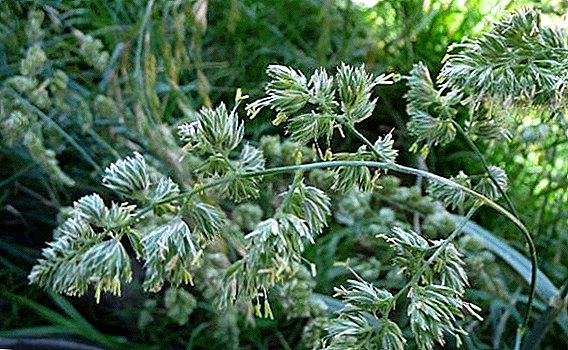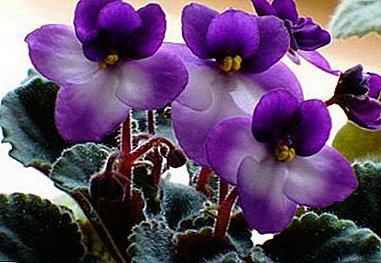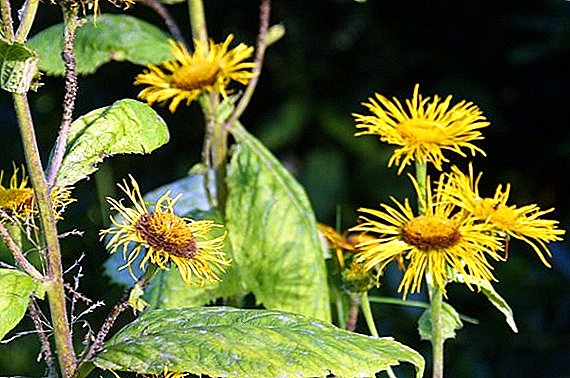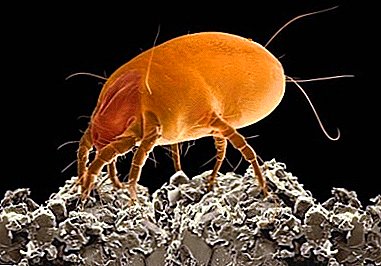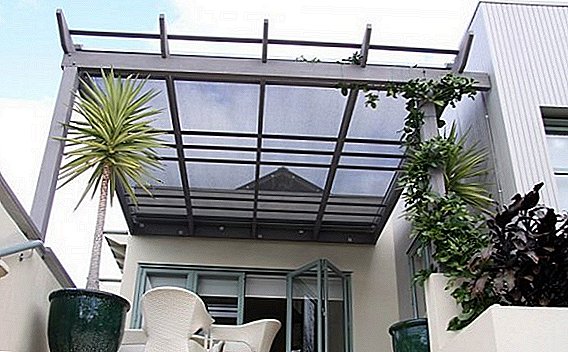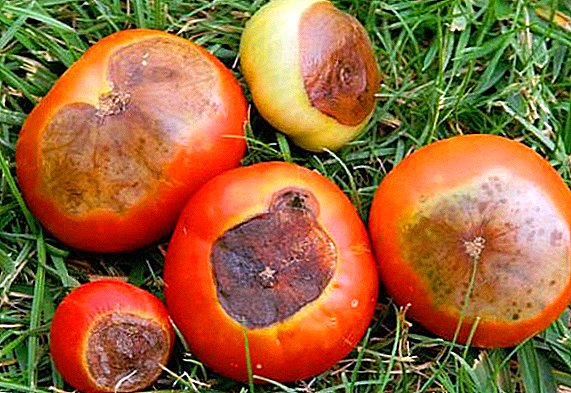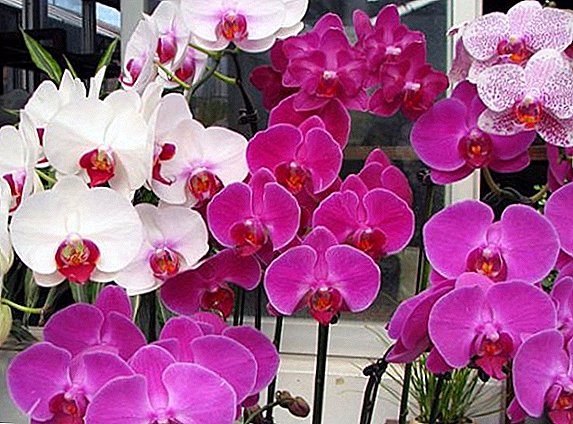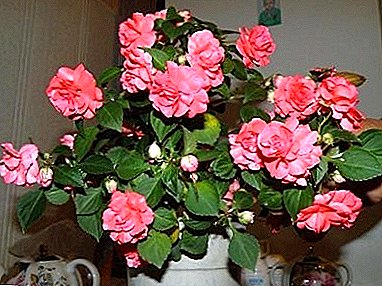
Of the five hundred types of balsamines growing in the tropics of Asia and Africa, only fifteen gave rise to numerous varieties with lush stems, green foliage and bright "flowers-lights" that adorn sills, summer balconies and flower beds in temperate latitudes.
Particularly decorative multi-petal forms, which are subdivided into rose-like, camel-like and clove-colored.
There are among them monophonic and variegated colors of all shades and combinations of white, pink, yellow, orange, red. Low shrubs with low branching have been developed, which in the flowering season give the impression of live rooted bouquets.
All these excellent achievements of breeders require in the middle lane a compulsory shelter in warm rooms, at least during the autumn-winter period.
Terry balsamines can be grown completely in room culture. The answer to the question - "How to grow terry room Balsam?" You can find below.
Home care
Illumination
Optimal conditions - bright, mostly diffused light - will provide east or west windows.
South Destinations are dangerous sunburn - in the summer, in the midday heat, you will need shading.
North parties will not create enough lighting, especially in the autumn-winter period, and the stems will be stretched, the leaves will turn pale, and the flowering will stop.
Frequent permutations are undesirable.
Temperature
Optimal temperature in the summer - 20-22 degrees, in winter - not less than 15 degrees. This value + 15ºС - critical: at lower temperatures, flowering noticeably weakens and leaves begin to fall.
Priming

Soil mix should be light, loose, sufficiently nutritious, slightly acid. Suitable, for example, such compositions:
two parts of leafy land, one part of peat and the same amount of sand;
turf, leaf, peat ground, humus and sand, taken in equal proportions.
Landing
Since the balsam needs frequent irrigation, but suffers in the event of water stagnation, the container for planting must have drainage hole, and at its bottom you need to place a layer of small pebbles or expanded clay.
A portion of the soil is piled on top of this layer and the root system is located - best of all, under the protection of earthy coma.
Then to the desired level, without deepening the root neck, fill up and compact the rest of the ground.
Planting in open ground
In the summer, terry balsam grows well in fresh air, in the open field, it is so good that it is grown and propagated with the very purpose of decorating summer beds and rabatki with a continuous carpet of low, abundantly blossoming lush "lights".
This method of cultivation has its own specifics.
Balsamines, transplanted into pots and transferred to a room, after a free summer, winter badly in overly warm and dry apartments.
Young plants more easily adapt to changing conditions, so in August, cuttings are cut from plants grazing on flowerbeds, rooting them indoors and leaving this particular seedling to hibernate.
In spring, it is either planted in open ground, or again used for cutting cuttings - with rooting and subsequent planting on the site.
Transfer

Young potted plants need annual, before flowering, spring transplanting Sometimes, with intensive growth, you will need to replant more often - and for this you will need to choose the moment of a break in flowering.
Adults balsamines transplanted once in two years.
With age decorative perennial plants is reduced and their update either by trimming or replacing with young specimens grown from cuttings.
If the container is too large, the main forces of the balsam go to the development of the root system and the development of the soil, and not to bloom.
therefore new tankswhether it is a planned transplant of houseplants or the "relocation" of an acquired specimen after a period of adaptation, should not be much wider than before in diameter - no more than 2 cm
Watering
The land in the container should always be moisturized (but not stagnant and wet).
Watered soft, well-settled water at room temperature, mainly on the edge of the pot, especially protecting the root neck from moisture.
Water flowing after watering into the pan, immediately drained.
Humidity and fresh air
If the plant is kept at a temperature 20 degrees and abovesure regular spraying; in this case, the spray should not fall on the flowers.
In the summer, very desirable outdoor "vacations", on the balcony, with protection from the intense midday sun.
Top dressing

From March to September-October, bi-weekly feedings should be carried out with complex fertilizers with obligatory presence. potassium and phosphorus - elements necessary for flowering plants.
The excess of nitrogenous compounds, "feeding" only the green mass, should not be. However, food should not be excessive.
Growth and pruning
Balsamines are characterized by high growth rates, accompanied by an exposure of the lower part of the stems.
To stimulate branching and slow down the loss of decoration, in the spring produce pruningwhile at the same time shortening stems that stretched out over the winter and removing weak shoots. Young plants pinch after the fourth pair (rosettes) of leaves.
Breeding
Reproduction by cuttings
Spring apical cuttings, 7-10 cm long, are well rooted, with 2-3 internodes.
Lower leaves are removed.
You can pre-root the cuttings in water, or immediately land them in a moist light earthen mixture, cover with plastic wrap, maintain moisture, air and keep in a bright place at a temperature of about 17 degrees.
Two weeks later, the cuttings start to grow, and after 2-3 months they are ready to bloom.
Diseases and pests

Optimal conditions of detention - the best means of prevention diseases terry "lights".
Mistakes of care, especially related to the violation of the moisture regime, provoke the development of fungal infections and putrefactive processes.
Gray rot - fungal disease affecting balsam in conditions of excessive moisture. Damaged leaves and parts of the stems need to be removed, to eliminate stagnant moisture and to treat the plant with fungicides.
If a constant excess of moisture in the soil is combined with a low temperature (too cool a room or watering with cold water), it is possible rotting stalks and root system.
In this case, you need remove affected areas and urgently optimize watering and temperature.
In the case of a far-gone process, one should choose healthy cuttings for reproduction, root them and keep them in optimal conditions; to get rid of the rest of the plant and the soil, as well as wash the pot well.
The main pest balsam - spider mite, whitefly and aphid.
As an emergency, apply the treatment of affected areas with soapy water, warm shower.
However, these insects will most effectively eliminate systemic insecticide.
Highly attractive terry balsamic "lights" perfectly reproduced by cuttings.
This allows, while preserving both the large number of petals and the capriciousness of their color, successfully update old specimens in room culture and effectively decorate summer areas of open ground.
A photo
Next you will see a photo of Terry Balsamine:




Useful materials
- Below is a list of articles that may be of interest to you:
- Types of Balsam:
- Balsam Waller
- Balsam Camellia
- Balsam Novogvineysky
- Garden Balsam
- Care for Balsamine:
- Diseases and pests Balsam
- Balsam Reproduction
- Balsam Blossom
- Proper landing Balsam


